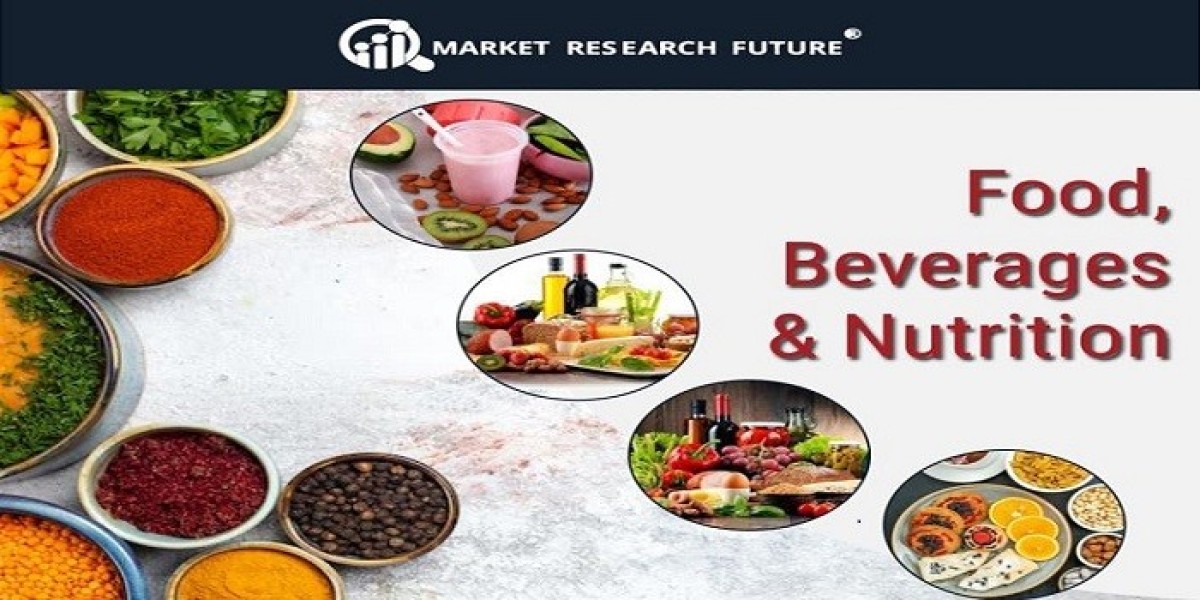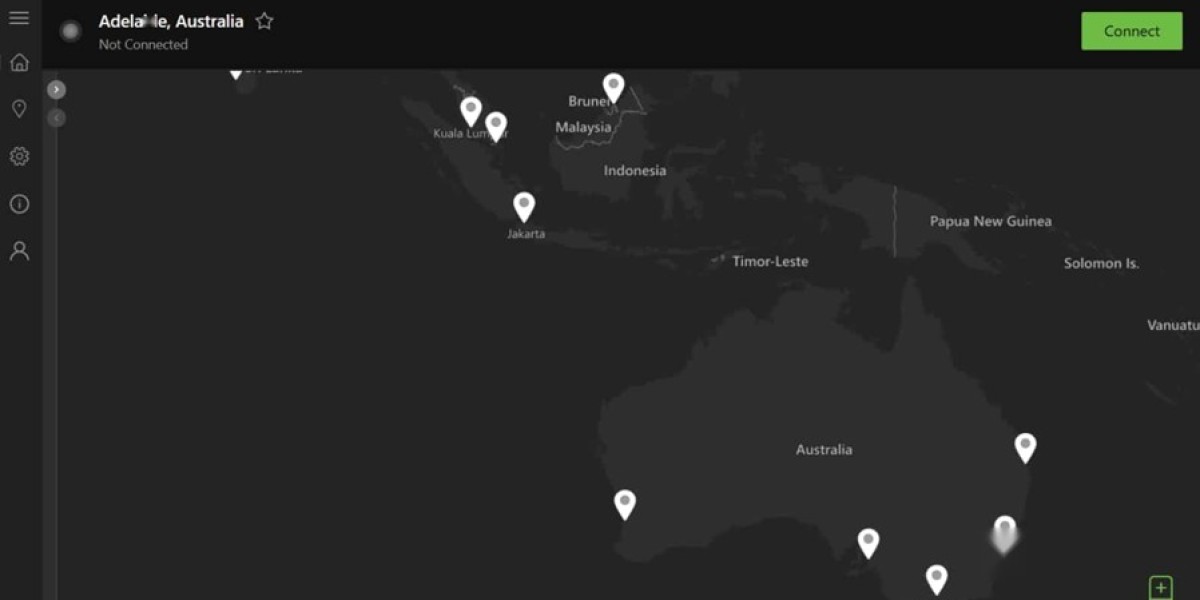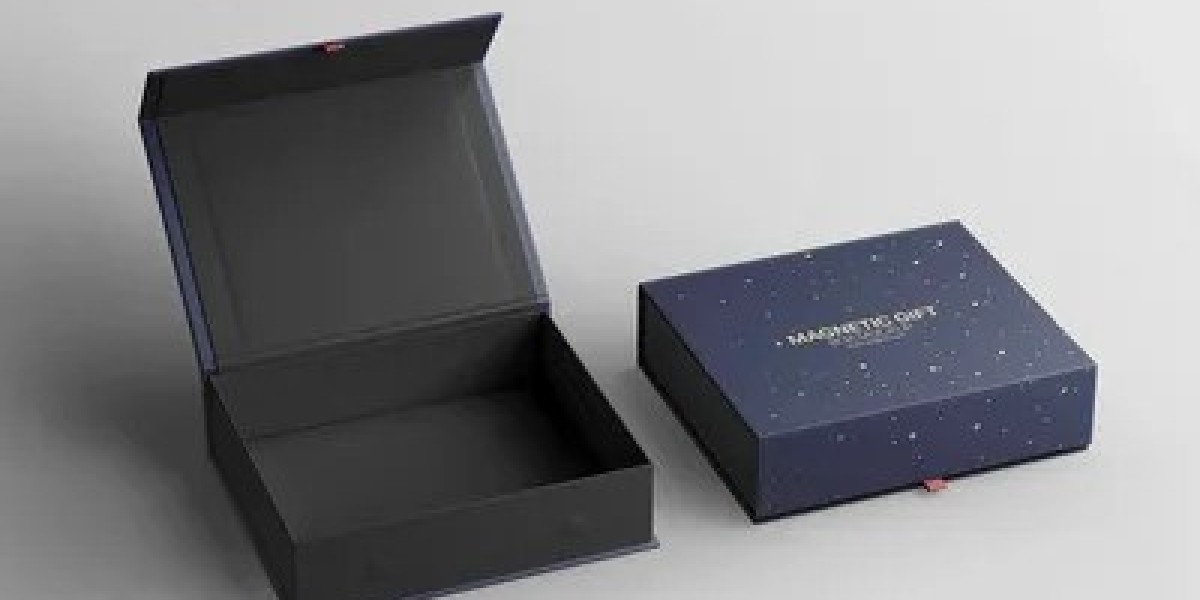Packaging choices and distribution models are transforming how extra virgin olive oil reaches consumers—learn what innovations are gaining traction.
Blog Content:
In the world of extra virgin olive oil (EVOO), delivering quality from producer to consumer is a major challenge because factors like light, heat, and oxygen can degrade the oil. As markets mature and competition intensifies, packaging and distribution innovations are becoming key differentiators.
Traditional Packaging & Its Constraints
The dominant packaging format for EVOO remains bottles & jars, particularly dark glass bottles which help block light and preserve quality. The MRFR report identifies bottles & jars as the leading packaging segment.
However, glass is heavy, fragile, and often more expensive to transport. These limitations motivate exploration of alternative formats.
Emerging Packaging Innovations
Metal Tins / Cans / Tins: lighter, durable, and better for transport in some markets
Eco / Sustainable Materials: recycled glass, biodegradable laminates, or refills
Smaller / Sample Sizes: 100–250 ml bottles for trial, gifting, or niche markets
Smart / Traceable Labels: QR codes, blockchain-backed provenance, batch-level information
Functional Seals / Nitrogen Flushing: to reduce oxidation, preserve freshness
These packaging strategies not only protect oil quality but also help convey brand trust, sustainability, and premium positioning.
Distribution Channel Evolution
Store-Based (Supermarkets, Specialty Stores): still crucial for mass visibility, especially for top-selling labels
Non-Store / E-Commerce: growing rapidly, especially for premium and niche oils. Brands can reach global audiences directly, bypassing intermediaries. The MRFR report notes that non-store distribution led the EVOO market in recent years.
Foodservice & Gourmet Channels: Restaurants, hotels, and gourmet chefs use EVOO as a signature ingredient
Omni-channel Models: Brands combining both offline and online presence to maintain touchpoints
Challenges in Packaging & Distribution
Maintaining oil integrity during long transport, especially in warm climates
Managing a range of SKUs across different packaging sizes and channels
Cost pressures from premium packaging materials
Ensuring supply chain transparency and preventing tampering or counterfeiting
Strategy Recommendations
Channel-specific SKUs: e.g. small, light packaging for e-commerce; premium bottles for gourmet retail
Robust protective packaging especially for cross-border shipping
Educative labeling & storytelling about origin, pressing date, certification
Subscription or direct-to-consumer models to build loyalty and streamline logistics
Use packaging to differentiate (limited editions, gift packs, sustainable formats)
Conclusion
As EVOO markets progress, packaging and distribution become as much part of the value proposition as flavor or origin. Innovators who master protection, transparency, and channel-tailored delivery will win consumer trust and market share.







